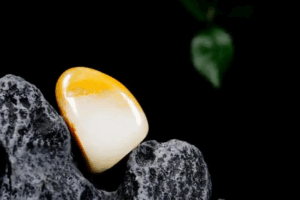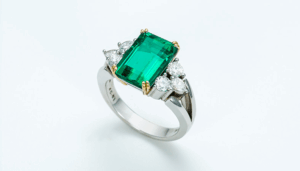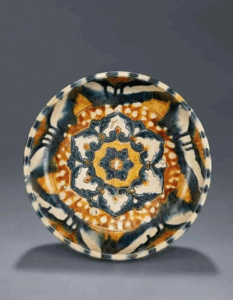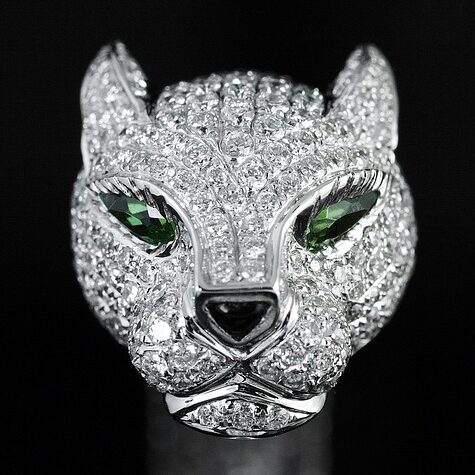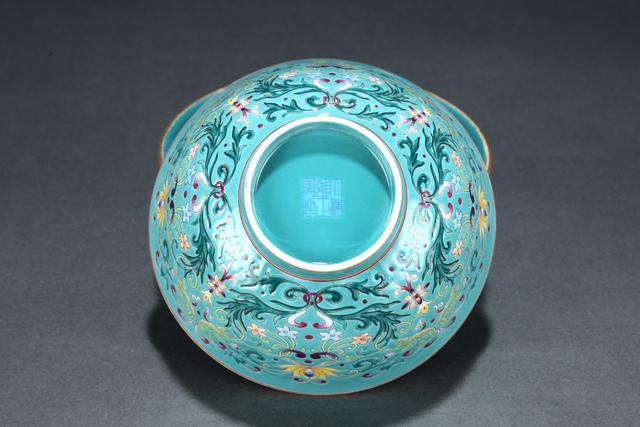
Qing Porcelain: Where Form Meets Philosophy in Clay
The Qing Aesthetic: Geometry as Moral Order
Qing dynasty porcelain (1644-1912) wasn’t merely decorative—it was Confucian cosmology cast in clay. Every curve echoed celestial spheres, every pattern encoded societal values. Through 3D digital unwrapping and pattern recognition AI, VirtuCasa decodes how these “frozen poems” expressed everything from imperial power to feminine virtue.
清代美學:幾何作為道德秩序
清代瓷器(1644-1912)不僅是裝飾——它是儒家宇宙觀的陶土鑄造。每道曲線呼應天體,每種紋樣編碼社會價值。VirtuCasa透過3D數字展開與紋樣識別AI,解讀這些「凝結的詩篇」如何表達從皇權到婦德的一切。
Chapter 1: The Language of Forms – Vessels as Cosmic Symbols
1.1 Primary Shapes & Meanings
| Shape | Chinese Name | Symbolism |
|---|---|---|
| Oval | 葵桃形 | Peach of immortality (壽桃) |
| Cylindrical | 圆柱形 | Unity under heaven (天圓地方) |
| Flattened round | 扁圆形 | Moon mirror (鏡月團圓) |
| Constricted mouth | 束口形 | Containment of virtue (藏德) |
1.2 The “Golden Ratio” Secret
Qing potters used √2 proportions (1:1.414) for:
- Visual harmony: Mimics natural growth patterns
- Structural integrity: Even wall thickness prevents kiln cracking
第一章:形制語言——器皿作為宇宙符號
1.1 基本器形與寓意
| 器形 | 英文名 | 象徵意義 |
|---|---|---|
| 橢圓 | Oval | 壽桃(長生) |
| 筒形 | Cylindrical | 天圓地方(統一) |
| 扁圓 | Flattened round | 鏡月團圓(圓滿) |
| 束口 | Constricted mouth | 藏德(內斂) |
1.2 「黃金比例」秘辛
清代匠人使用√2比例(1:1.414)實現:
- 視覺諧和:模仿自然生長模式
- 結構完整:均勻器壁防止窯裂
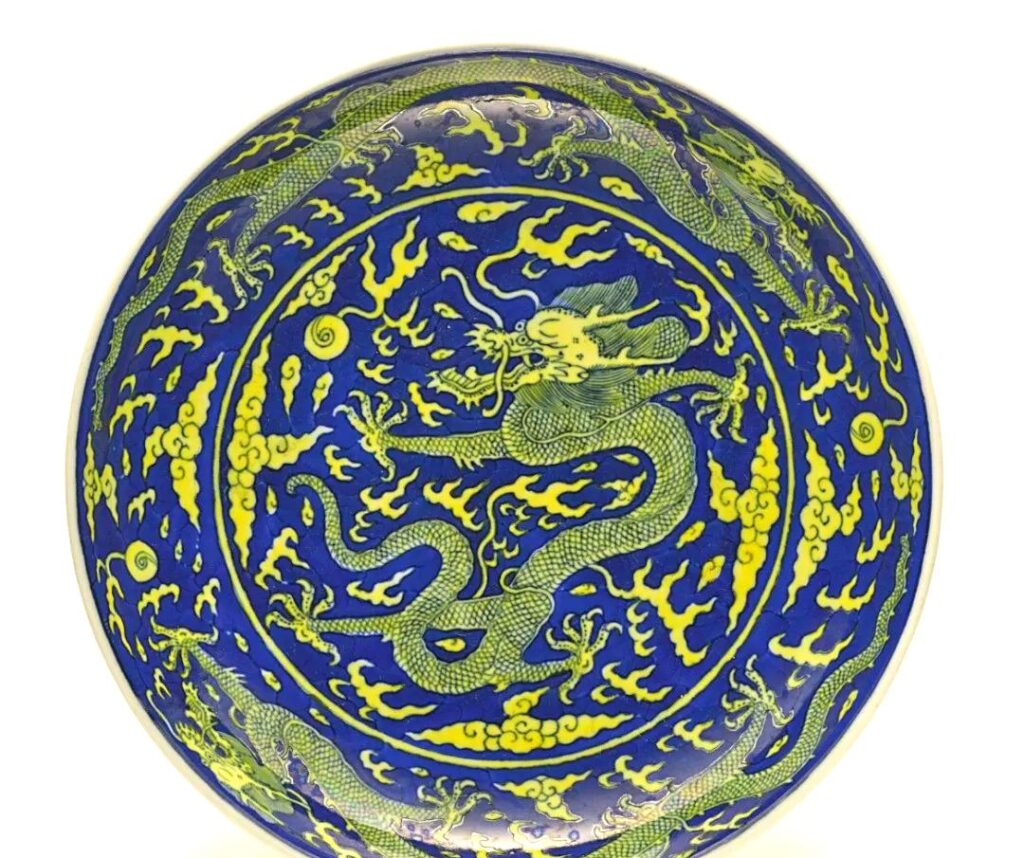
Chapter 2: Pattern Codex – When Brushstrokes Became Doctrine
2.1 Imperial Mandate Patterns
- Sword pattern (寶劍紋): Military prowess (reserved for dragon vessels)
- Grain ears (禾葵紋): Agricultural abundance (often on tax grain containers)
- Rhombus (菱形紋): Earth’s fertility (grid pattern = field divisions)
2.2 Hidden Animal Symbolism
- Pandas: Peaceful governance (rare—only 12 verified panda-decorated pieces exist)
- Rabbits: Moon immortality (often paired with cassia trees)
- Birds: Literary excellence (egrets = civil service exam success)
第二章:紋樣密碼——筆觸成為訓誡
2.1 皇家指定紋樣
- 寶劍紋:軍事力量(僅用於龍紋器)
- 禾葵紋:農業豐饒(常見於稅糧容器)
- 菱形紋:土地豐產(網格=田畝分界)
2.2 隱藏動物象徵
- 熊貓:和平治理(極罕——僅12件驗證熊貓紋器)
- 玉兔:月宮長生(常配桂樹)
- 禽鳥:文采卓越(白鷺=科舉成功)
Chapter 3: The Technical Revolution – How Kilns Became Laboratories
3.1 Temperature Precision
- Famille verte: 1250°C with copper-green dominance
- Famille rose: 1280°C with imported European pink ( colloidal gold)
- Monochromatic: 1300°C for imperial yellow (氧化銻還原)
3.2 Glaze Chemistry
- Imperial yellow: Antimony oxide + lead flux (御黃釉)
- Robin’s egg blue: Ferrous oxide reduction (仿汝窯)
- Peach bloom: Copper splashing technique (豇豆紅)
第三章:技術革命——窯爐成為實驗室
3.1 溫度精控
- 五彩:1250°C(銅綠主導)
- 粉彩:1280°C(進口歐洲金粉紅)
- 單色釉:1300°C(御用黃釉)
3.2 釉料化學
- 御黃:氧化銻+鉛助熔劑
- 天青:氧化亞鐵還原
- 豇豆紅:銅潑灑技法
Chapter 4: Authentication – Spotting Imperial vs. Folk Wares
4.1 Reign Mark Secrets
- Kangxi (1662-1722): Six-character marks in kaishu (標準楷書)
- Qianlong (1736-1795): Four-character seals in zhuanshu (篆書)
- Fakes: Incorrect stroke order or mineral content (modern titanium white)
4.2 Clay Body Analysis
- Imperial: Jingdezhen kaolin with 0.02% iron impurity
- Folk: Regional clays with 3-8% iron (reddish tone)
第四章:鑑真——區分官窯與民窯
4.1 款識秘辛
- 康熙:六字楷書款
- 乾隆:四字篆書款
- 仿品:筆畫順序錯誤或現代鈦白料
4.2 胎體分析
- 官窯:景德鎮高嶺土(0.02%鐵雜質)
- 民窯:地區陶土(3-8%鐵質呈淡紅)
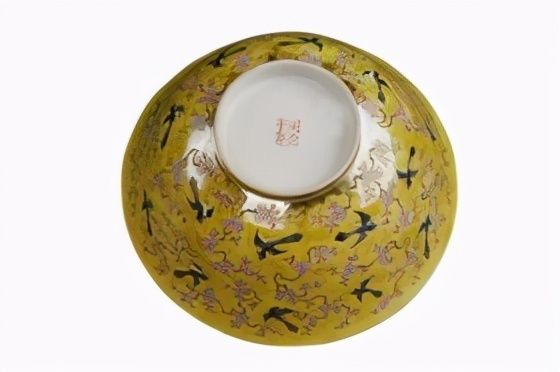
VirtuCasa’s Qing Porcelain Protocol
We ensure authenticity through:
- XRF Testing: Verifies period-appropriate cobalt (Kangxi vs. Guangxu)
- 3D Morphology: Compares form proportions to palace museum benchmarks
- NFT Twin Creation: Immutable record of glaze crystallization patterns
VirtuCasa的清代瓷器鑑證協議
我們透過以下方式確保真實性:
- XRF檢測:驗證時代鈷料(康熙vs光緒)
- 3D形態學:比對器形與故宮基準
- NFT雙生:釉面結晶模式的不可篡改記錄
Why Qing Porcelain Remains Unmatched
As Qing imperial kiln supervisor Tang Ying noted: “The perfect vessel hides five virtues: symmetry (禮), clarity (智), strength (勇), resonance (信), and utility (仁).” These works weren’t just art—they were ethical arguments in ceramic form.
為何清代瓷器依然無雙
正如清督陶官唐英所言:「完美器皿隱藏五德:對稱為禮,清澈為智,堅固為勇,清響為信,實用為仁。」這些作品不僅是藝術——更是陶瓷形態的倫理論證。
Read More
- Jadeite Through the Seasons: A Guide to Year-Round Wear and Care
- Understanding Bronze Vessels: Types and Terminology
- Qing Dynasty Porcelain Techniques: Blue-and-White and Underglaze Red
- Metamorphosis: Chinese Sculpture Through the Dynasties
- Exploring Ding Kiln’s Diverse Charms: A Complete Guide to Appreciation

